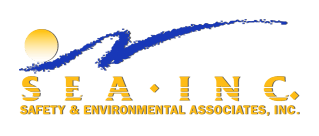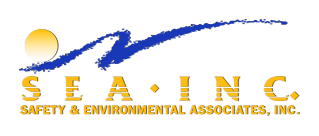-

SEA Inc. For Your Safety, Industrial Hygiene, Training & Environmental Needs.
Since 1992 SEA has helped clients throughout the United States, Mexico, and Canada reach their compliance goals
About Us -

Our Training Program at SEA Inc.
We Offer Training Courses That Meet or Exceed OSHA, DOT & EPA Requirements. Our courses include DOT, RCRA, HAZWOPER, OSHA and IATA.
Browse Our Training Courses! -

Browse Our Blogs!
At SEA, our team of Safety professionals are dedicated to ensuring compliance for customers in general industry, construction, and government agencies. Browse our blogs page to learn more!
Our Blogs -

Dust Hazard Analysis
Let SEA help with your NFPA 652, 654, 61, and 484 compliance needs for Dust Hazard Analysis.
Learn More -
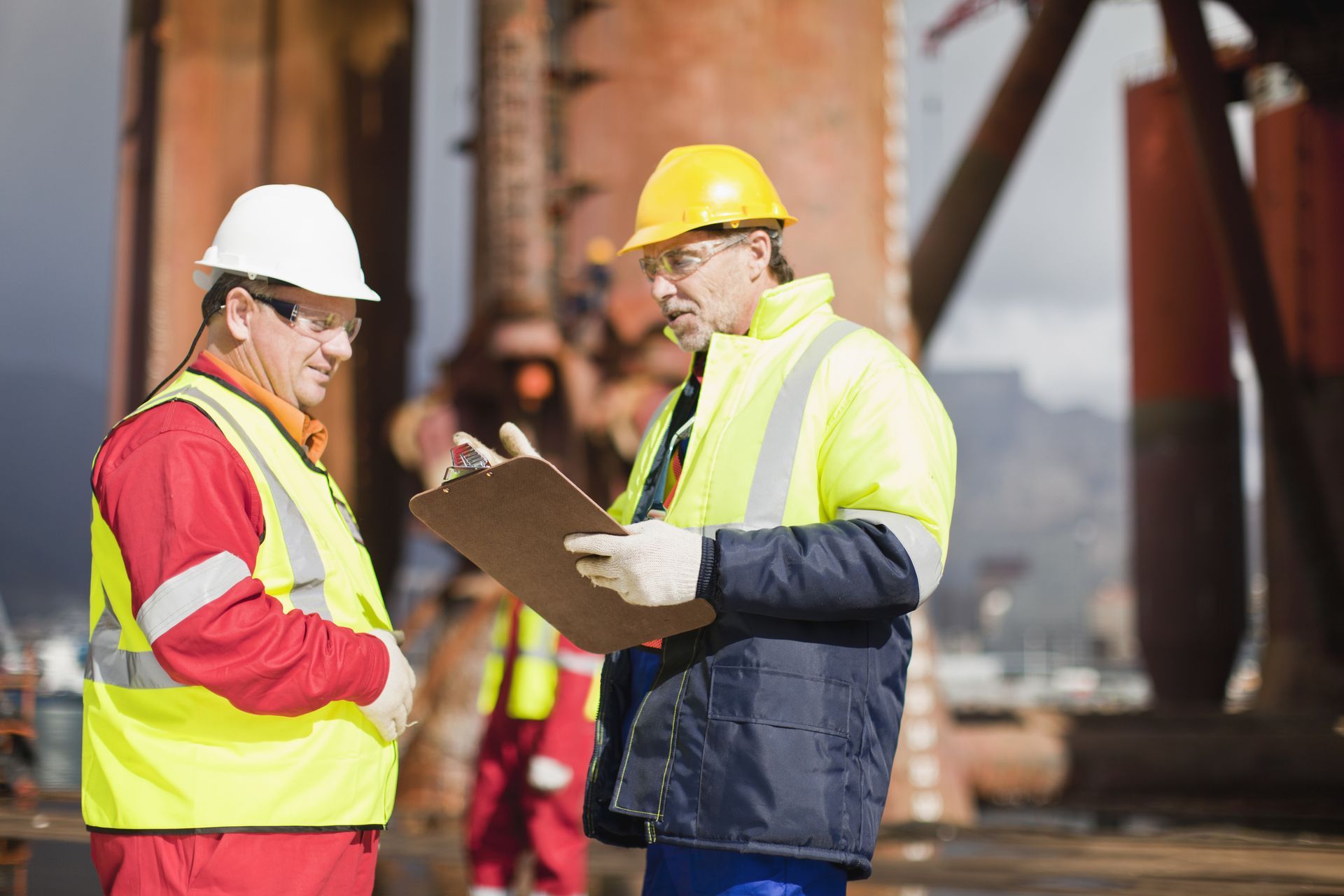
Instance-By-Instance OSHA Penalties are in Effect Are You Ready?
Instance-by-Instance (IBI), or per-instance enforcement is one of OSHA’s most powerful tools to ratchet up civil penalties.
Read Article -
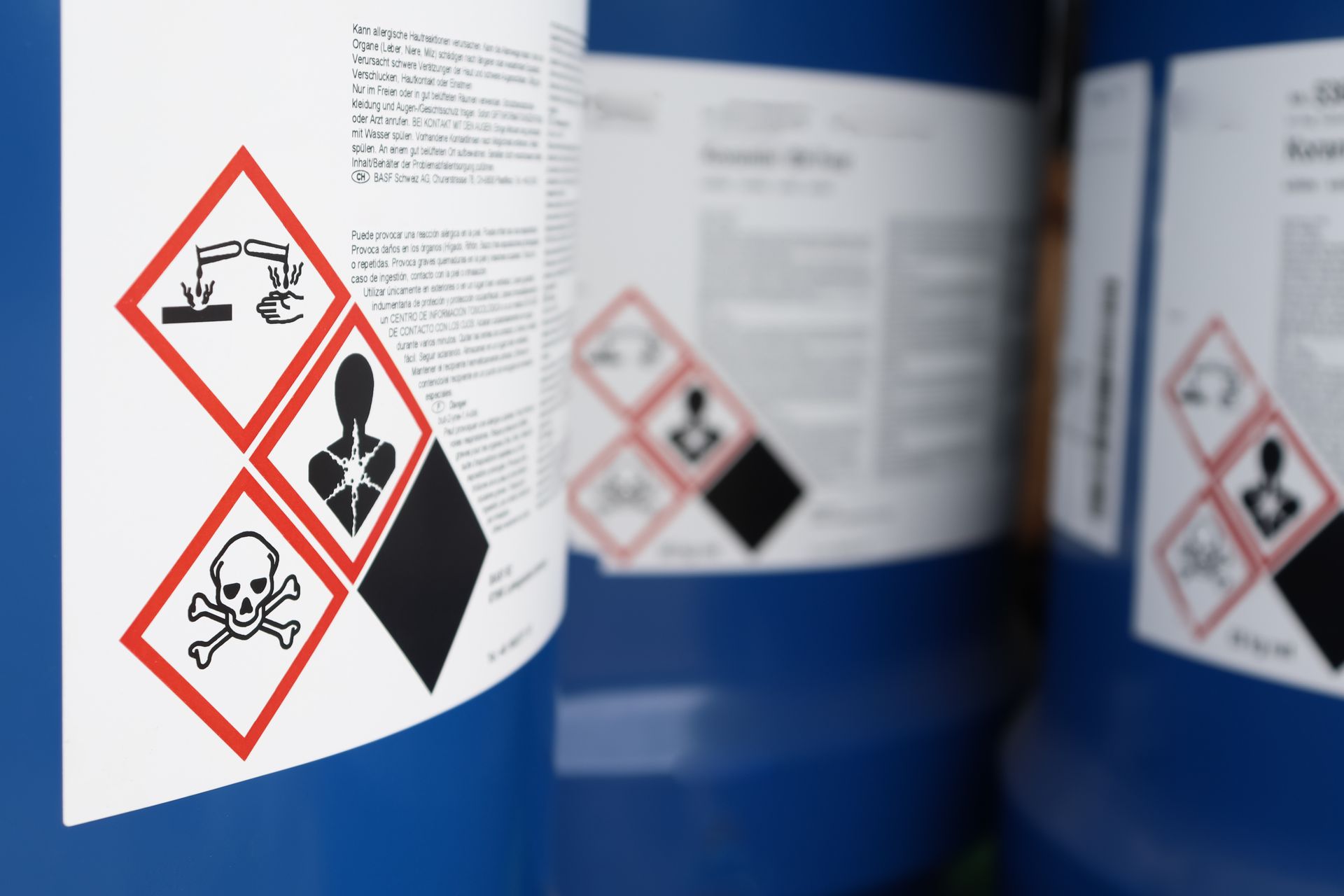
Toxic Release Inventory (TRI-Form R) Reporting
Let SEA complete your TRI calculations for accurate reporting
Learn More -

IATA Training
Onsite and Virtual Instructor-Led Training Made EASY.
Prerequisite for IATA.
Learn More -

Flex-Learning
Custom Training Simplified.
Learn More -
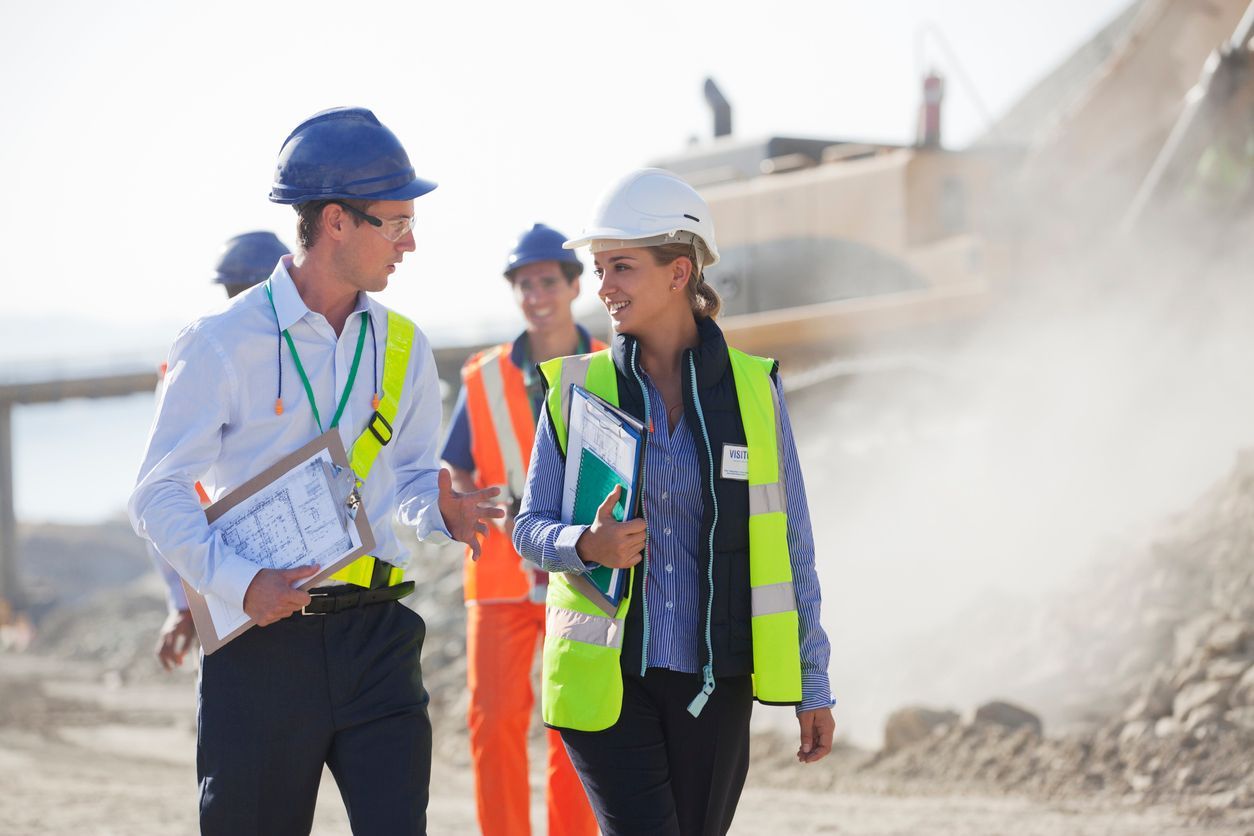
Construction Division
Contact us today to learn more about how our Construction Division can elevate the safety and efficiency of your construction projects. Together, we'll create a secure and successful construction environment that sets new industry standards.
Learn More -

OSHA's Upcoming Heat Rule: What Employers Should Know
Turning Up the Heat on Safety: How OSHA's Upcoming Rule Impacts Your Business and How SEA Can Guide You Through!
Learn More -

OSHA 2024 Update: Are You Ready for the Digital Shift?
Unpacking the future of workplace safety: Dive into OSHA's groundbreaking changes
and stay a step ahead!
Learn More
Download Our Brochure
Safety & Environmental Associates, Inc.
Safety Compliance, Environmental Reporting and Consulting, Industrial Hygiene and Training Programs in Arkansas, South Carolina, North Carolina and surrounding areas
Safety Compliance Services
SEA Inc. has a team of Safety professionals that are dedicated to ensuring compliance for customers in general industry, construction, and government agencies in Arkansas, South Carolina. North Carolina and surrounding areas.
Industrial Hygiene Services
SEA Inc. is a leading provider of industrial hygiene services in Arkansas, South Carolina and North Carolina that are designed to help businesses maintain a safe and healthy work environment for their employees.
Environmental Reporting & Consulting
Safety & Environmental Associates, Inc. provides environmental reporting and consulting services that help businesses stay compliant with environmental regulations and improve their sustainability efforts in Arkansas, South Carolina, North Carolina & surrounding areas.
Our Training Program
Training courses are customized to your site-specific needs – rather than a canned computer or video information-training course! Providing thorough training and ongoing support to employees minimizes environmental, health and safety risks by equipping them with the knowledge to work competently in every situation.
Construction Division
Contact us today to learn more about how our Construction Division can elevate the safety and efficiency of your construction projects in Arkansas, South Carolina and North Carolina. Together, we'll create a secure and successful construction environment that sets new industry standards.
Our Management Team:
SEA’s approach to project management is a team effort. Team members lend their individual experience and talents to each project insuring that all compliance issues are effectively managed and reflected for complete regulatory compliance. Each project is evaluated to determine the scope of work and to match team resources with specific needs of the client.
Our Community Events:
SEA Inc. takes immense pride in its active involvement in community events, reflecting their commitment to giving back and strengthening local ties. Whether through sponsorships, volunteer work, or organizing charitable initiatives, SEA Inc. demonstrates a strong dedication to supporting the well-being and vibrancy of the communities they serve. Click below to view our community involvement.
OUR BLOGS
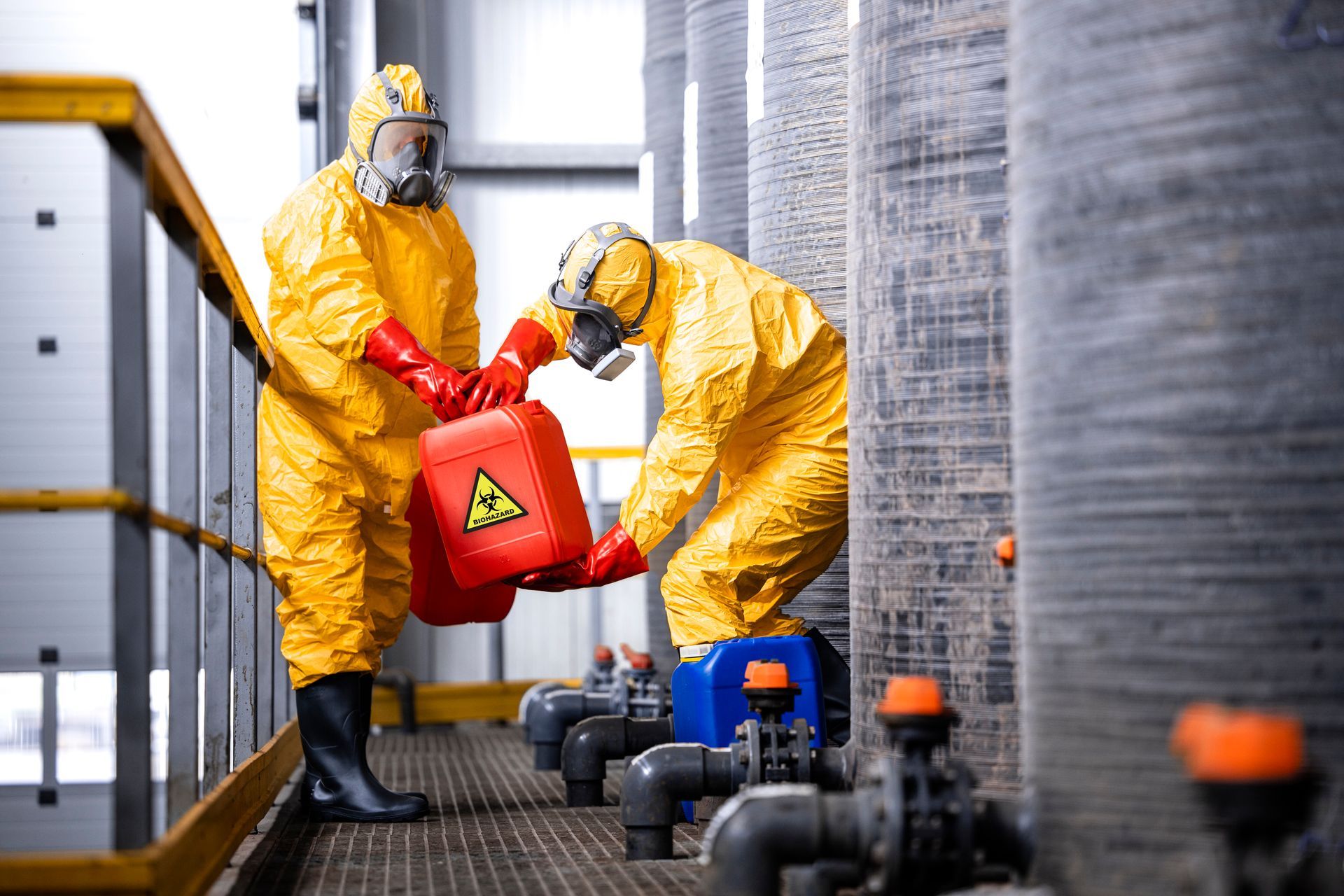


10201 W. Markham Suite 317
Little Rock, Arkansas 72205
Phone: 888-374-3442
1750 Highway 160 West, Suite 101-147
Fort Mill, SC 29708
Phone: 839-400-2223
Our Hours
- Mon - Sun
- Open 24 Hours
SEA Inc. | Powered by Flypaper | All Rights Reserved | Privacy Policy
